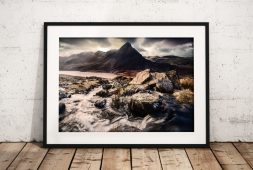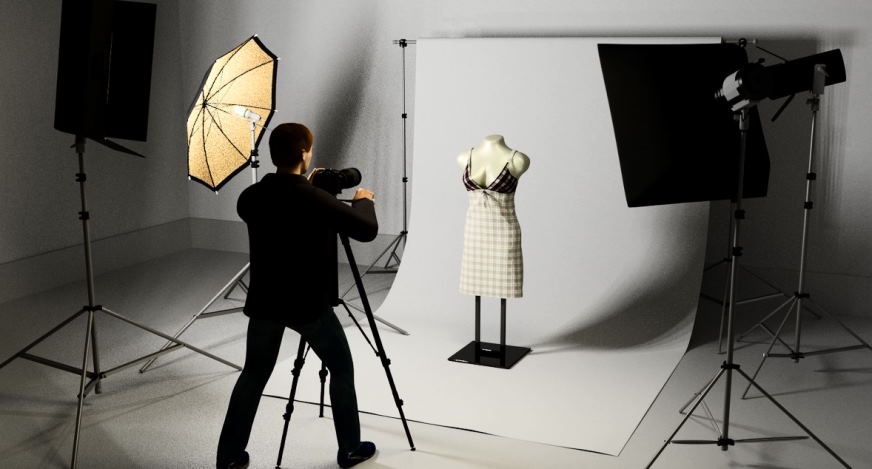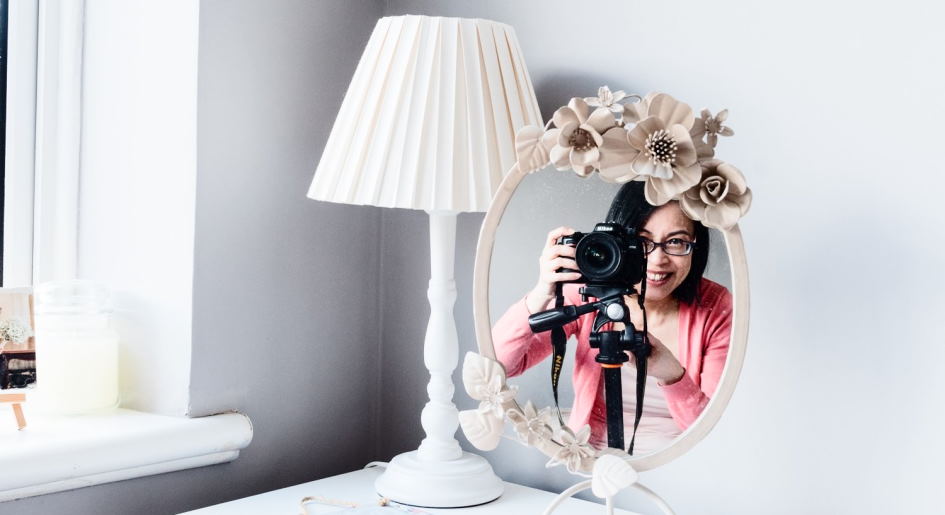
Your home is your personal sanctuary, a reflection of your personality and style. With the right design details, it can be a space that looks great and feels like an extension of who you are. One way to achieve this is through thoughtful use of photography. By incorporating unconventional photos into your design scheme, you can create a one-of-a-kind look that expresses your unique taste. Here are some ideas to get you started.
Why photography is the key ingredient for success in design
In today’s world, a picture is worth a thousand words. As the saying goes, a picture is worth a thousand words. In the design world, this adage couldn’t be more true. Photography can elevate your design in ways you never thought possible.
While conventional wisdom might tell you to stay away from using images in your design, that isn’t always the best advice. Sometimes, breaking the rules can lead to amazing results. Here are a few unconventional ways that photography can elevate your design:
- Use Negative Space
One of the most important aspects of composition is negative space. This is the area around and between the subject of your photo. When used correctly, negative space can create a sense of harmony and balance in your design.
- Create a Sense of Movement
Another way to use photography to elevate your design is to create a sense of movement. This can be done using a slow shutter speed or panning the camera while you take the photo. Doing this will give your photos a dynamic and energetic feel.
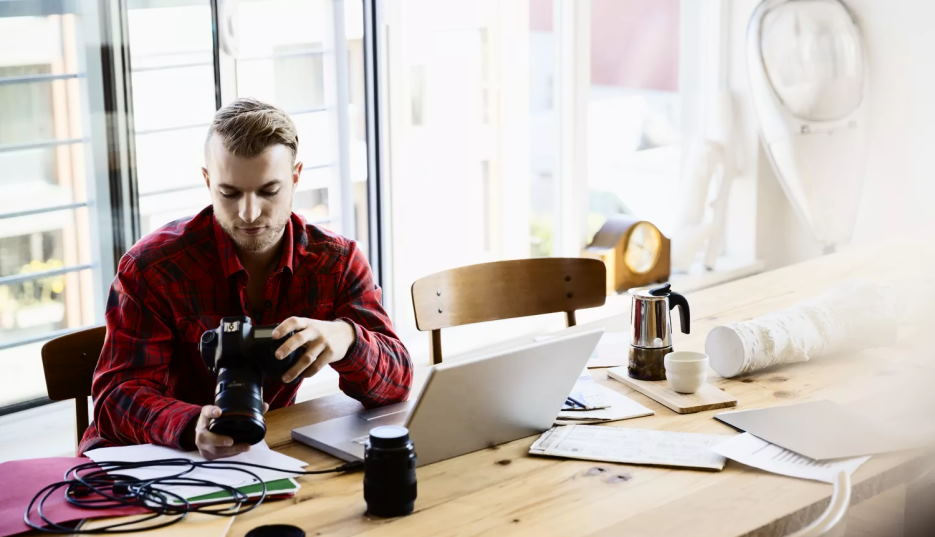
- Use Leading Lines
Leading lines are another great way to add interest to your photos. Leading lines are any line that leads the eye into the photo. They can be created by roads, fences, railway tracks, or even power lines. Using leading lines in your photos will help guide the viewer’s eye through the image and keep them engaged.
- Get Close to Your Subject
One of the best ways to make your photos more interesting is to get close to your subject. This will allow you to show detail that would be lost if you were further away. When getting close to your subject, use a wide-angle lens to avoid distortion.
- Use Symmetry
Symmetry is another great way to add interest to your photos. Symmetry is when both sides of the photo are identical. This can be achieved by taking a photo of a reflection or by using lines and patterns in your composition. Using symmetry in your photos will create a sense of order and calmness.
- Play with Light and Shadow
Light and shadow are two of the most important elements in photography. They can create a sense of depth and dimension in your photos. Playing with light and shadow can also help you create mood and atmosphere.
- Use Reflections
Reflections are another great way to add interest to your photos. Reflections can be created by using water, mirrors, or even glass. Using reflections in your photos will give them a unique and creative look.
- Break the Rules
Breaking the rules is one of the best ways to elevate your design. Sometimes, the best photographs don’t follow the conventional rules of composition. So, don’t be afraid to experiment and try something new. You never know what you might come up with.
Photography is a powerful tool that can elevate your design in ways you never thought possible. So, don’t be afraid to use it in your next project. Breaking the rules can sometimes lead to the best results.
The power of visual storytelling: why photographers need graphic designers
As a photographer, you know a great photo is worth a thousand words. But what if your photos could tell a story? That’s where visual storytelling comes in.
Visual storytelling is all about using images to tell a story. And it’s something that every photographer should be doing.
Why? Because it’s an incredibly powerful way to engage your audience and get your message across.
Think about it: when you see a smiling child or a beautiful landscape photo, it’s easy to feel an emotional connection to the image. And when you couple that with a well-written story can create something truly special that will resonate with your audience long after they’ve seen it.
So how do you get started with visual storytelling? Here are a few tips:
- Find a subject that you’re passionate about
The first step is to find a subject that you’re passionate about. What’s something that you care deeply about and want to share with others? This can be anything from social issues to your personal experiences.
Once you’ve found your subject, it’s time to start planning your shoot. What kind of photos do you want to take? What’s the overall message that you want to communicate? Answering these questions will help you plan each step of your shoot, from the location to the props.
- Use props and staging to create a mood
One of the best ways to tell a story with your photos is to use props and staging. This can help create a mood or atmosphere that will add to the impact of your images.
For example, if you’re telling a story about a child’s first day of school, you might want to use school supplies as props. Or if you’re photographing a couple on their wedding day, you could stage a moment where they’re sharing a dance.
-
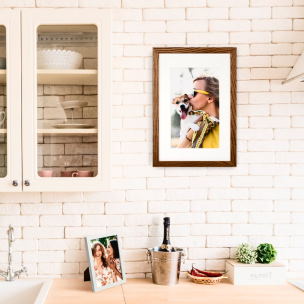 Pay attention to the details
Pay attention to the details
When you’re shooting, pay attention to the small details that can make a big difference in your photos. For example, something as simple as how a subject holds their hands can change the whole feel of an image.
- Edit your photos carefully
After you’ve taken your photos, it’s time to edit them. This is where you can bring your vision to life and ensure that every detail is perfect.
When editing, consider things like color correction, cropping, and retouching. These small changes can make a big difference in your images’ overall look and feel.
- Write a compelling caption
Once your photos are edited and ready to go, it’s time to write a caption. This is where you’ll tell the story of your image and explain what the viewer is seeing.
A great caption should be short, clear, and to the point. It should also be emotive and engaging so the reader feels connected to the story.
Following these tips can start incorporating visual storytelling into your photography. This powerful technique can help you engage your audience and get your message across in a truly impactful way.

